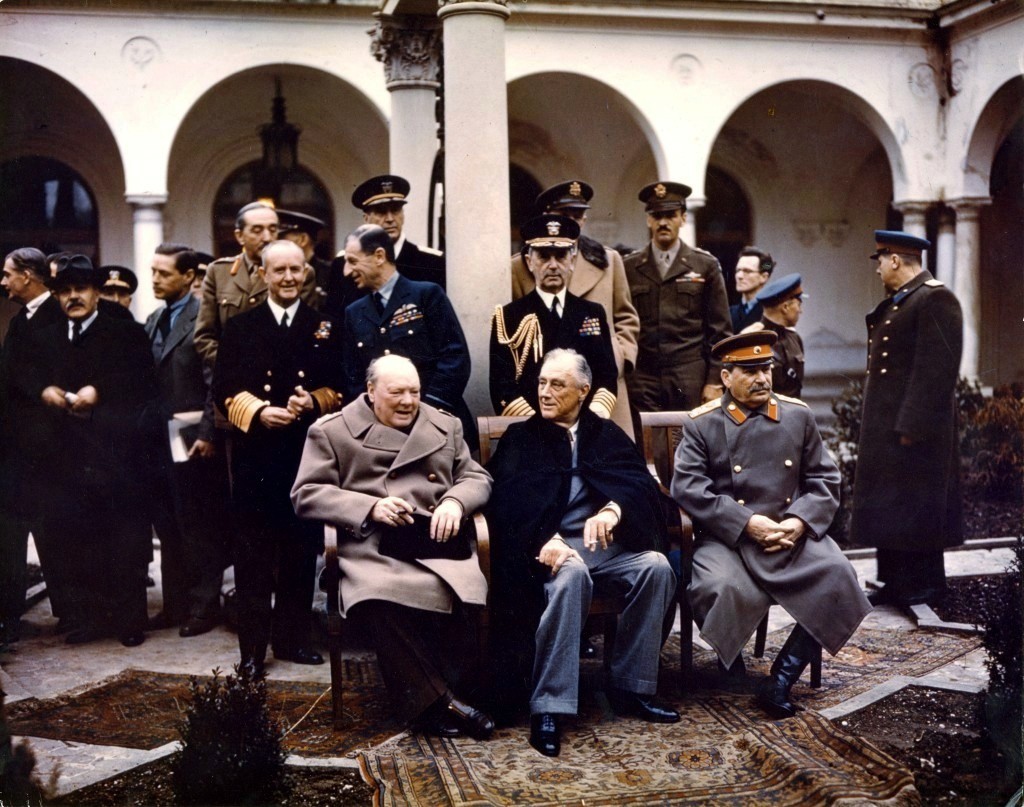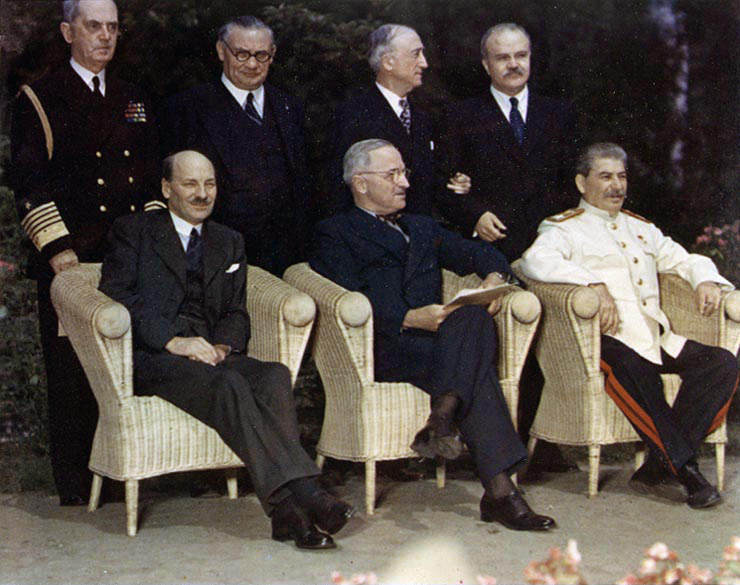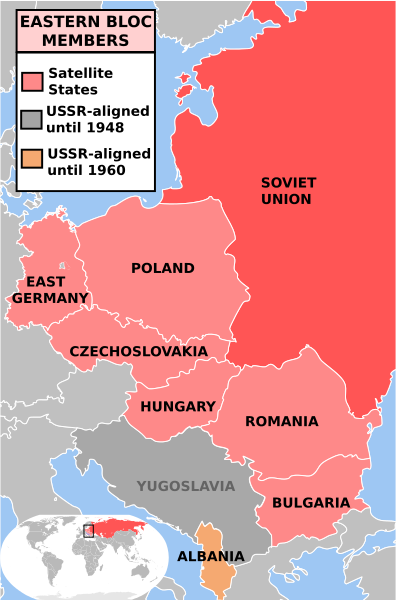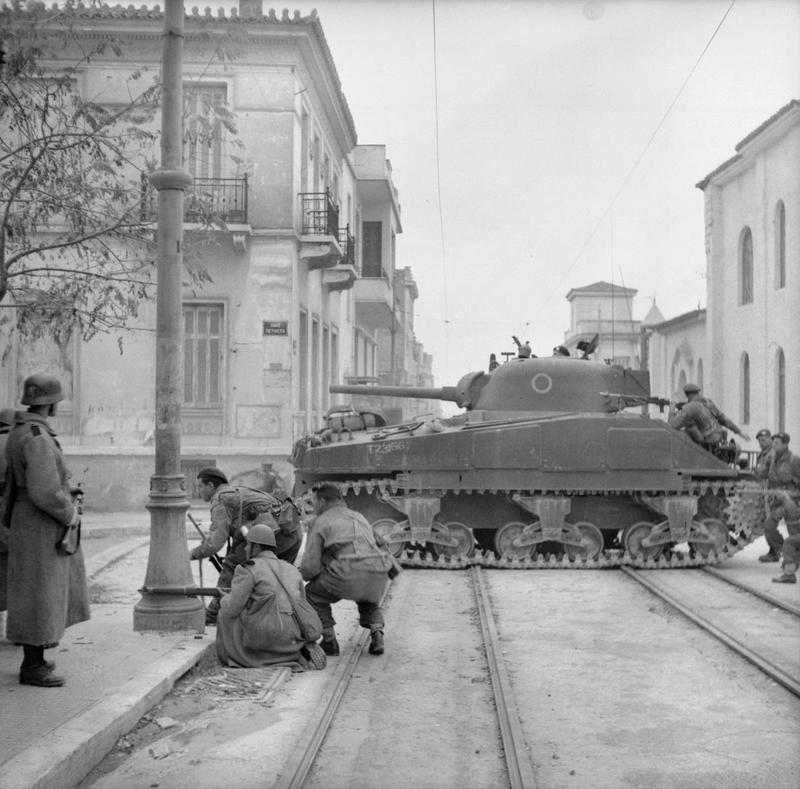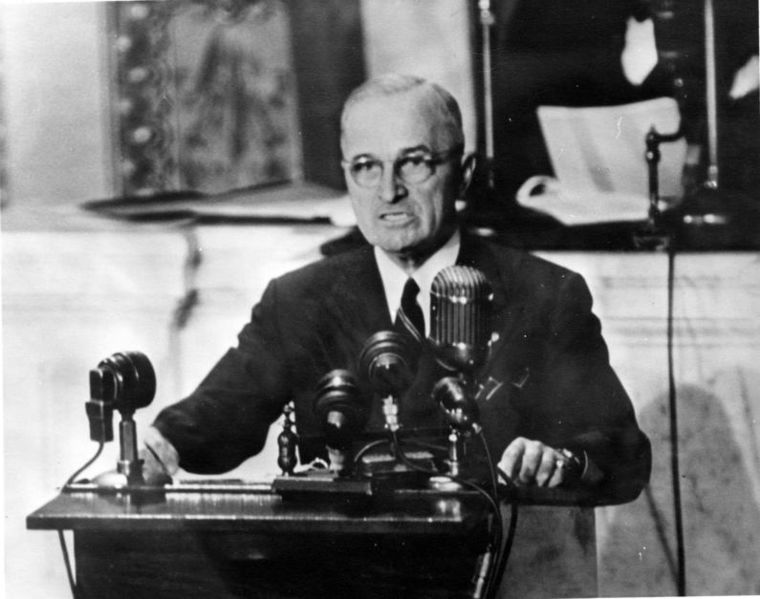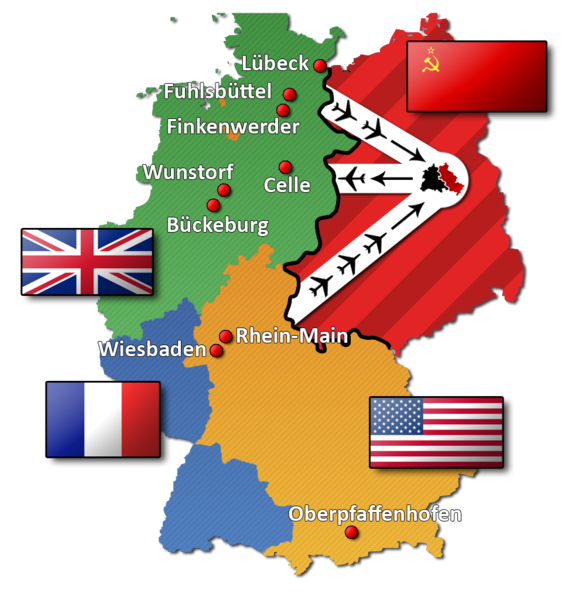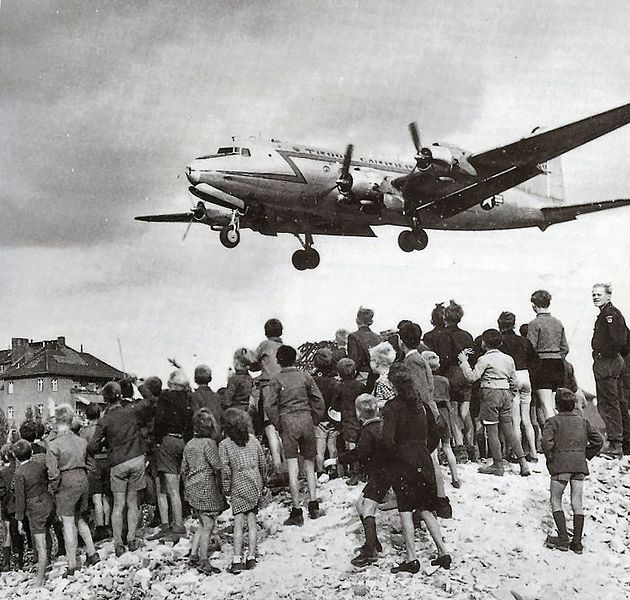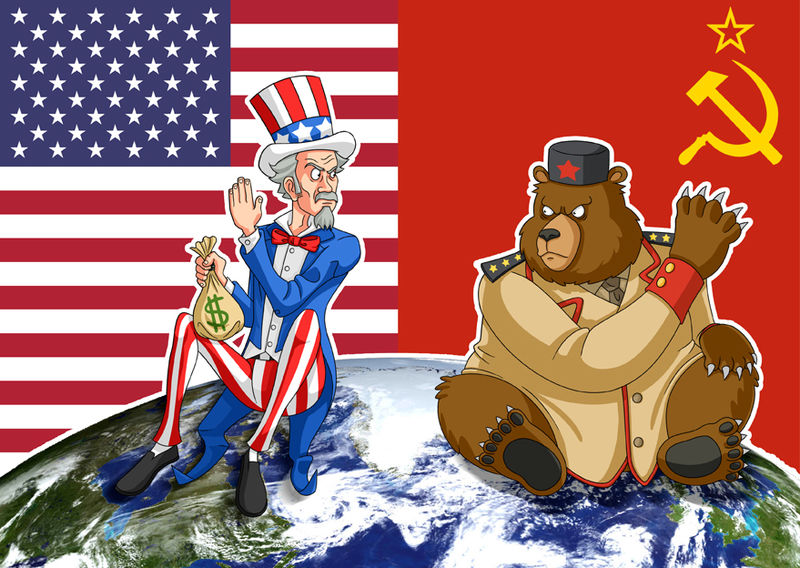What was the Iron Curtain?
This was the name that Churchill gave in a famous speech in March 1946 in Fulton, Missouri (USA) to the way Stalin had gained pro-USSR, Communist governments in Poland, Hungary, Romania, Bulgaria and Albania. The border between these eastern countries and the western countries was now known as the Iron Curtain. It symbolized the secrecy and division between communism and capitalism and is seen as a definite marker that the Cold War had begun and was acknowledged.
How did Stalin gain control of eastern Europe?
Liberate…but stay: Stalin had liberated country after country in eastern Europe from the Nazis as they marched to Berlin. Instead of taking his troops back to Russia though, he left them there – they then fixed/pressured people into voting Communist Comminform – this was set up in October 1947 and was meant to be a co-ordination organization so that all eastern European countries did as Stalin wanted. Examples:
Albania – communists gained control directly after the war
Bulgaria – a left-wing coalition won elections in 1945. The Communist members then executed the members who were not communist!
Romania – In 1945 a Communist was elected President. By 1947 they had killed the monarchy
Hungary – Communists, under Rakosi became the largest party in elections with Russian involvement. Initially did not gain a majority, but Rakosi threatened Russian involvement until other parties were banned. They then persecuted politicians and Church leaders
Czechoslovakia – In 1946 Communists were the largest party. By 1948 they felt threatened so expelled all other parties in the coalition government. Were forced to reject Marshall Aid.
Poland – After the war the Communists formed a coalition government. By 1947 they had forced the other parties out.
Yugoslavia – Marshall Tito had been resisting the Nazis throughout the war. Though he was Communist he had his own style, making Stalin annoyed!
Conflict in Greece, 1945
After Germans left Greece there were two rival groups left: the Monarchists and Communists. Greece was seen as a backdoor to western Europe and the home of democracy. As a result, Churchill sent troops to Greece in 1945, under the pretence of maintaining order, but in reality to help the Monarchists. The USSR appealed to the new United Nations but it did nothing as the United States had a veto– Stalin therefore paid for the Communists in Greece to keep fighting. It was now a proxy Civil War, backed by two different sides.
The British could not afford to spend more money on war, so declared they were leaving Greece. Fearing the spread of Communism, the Americans stepped in and paid for the British to stay. The US was now fighting the USSR through the UK and Greece! In the end the monarchists won, but were always very weak. Greece showed the world that America was no longer isolationist but interventionist.
The Truman Doctrine, March 1947
The Truman Doctrine was a political idea which promised money, equipment and advice to any country which was threatened by a Communist takeover The aim was to stop communism from spreading any further – a policy known as ‘containment’. The struggle in Greece had persuaded Truman this was necessary
Marshall Plan and Marshall Aid
Truman felt Communism thrived when poverty was greatest; he sent his General, George Marshall to report on the economic state of Europe Marshall came back saying Europe was ruined – it owed $11.5 billion to the US
Powercuts were a regular occurance and people still used ration coupons, especially due to harsh winter of 1946-7. Industrial production was half prewar levels.
Marshall therefore suggested the Marshall Plan (or the European Recovery Program). It claimed that about $17billion would be needed to rebuild Europe’s economy.
Initially the US Congress rejected this idea and the amount of money. However, after the incident in Czechoslovakia, it made it available over 4 years. (In Czechoslovakia a coalition government was in power until it tried pursuing anti-Stalin policies. The Communists came down hard and purged the government of all non-communists. One pro-American leader Jan Masaryk was found dead under his window. USSR said he jumped). Greece and Turkey were first to receive aid.
The USSR rejected Marshall Aid entirely and responded by setting up Comminform (1947); a political equivalent to Marshall Aid and Comecon (1949); an economic union to co-ordinate economies. These gave him even more power in E.Europe.

